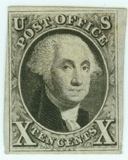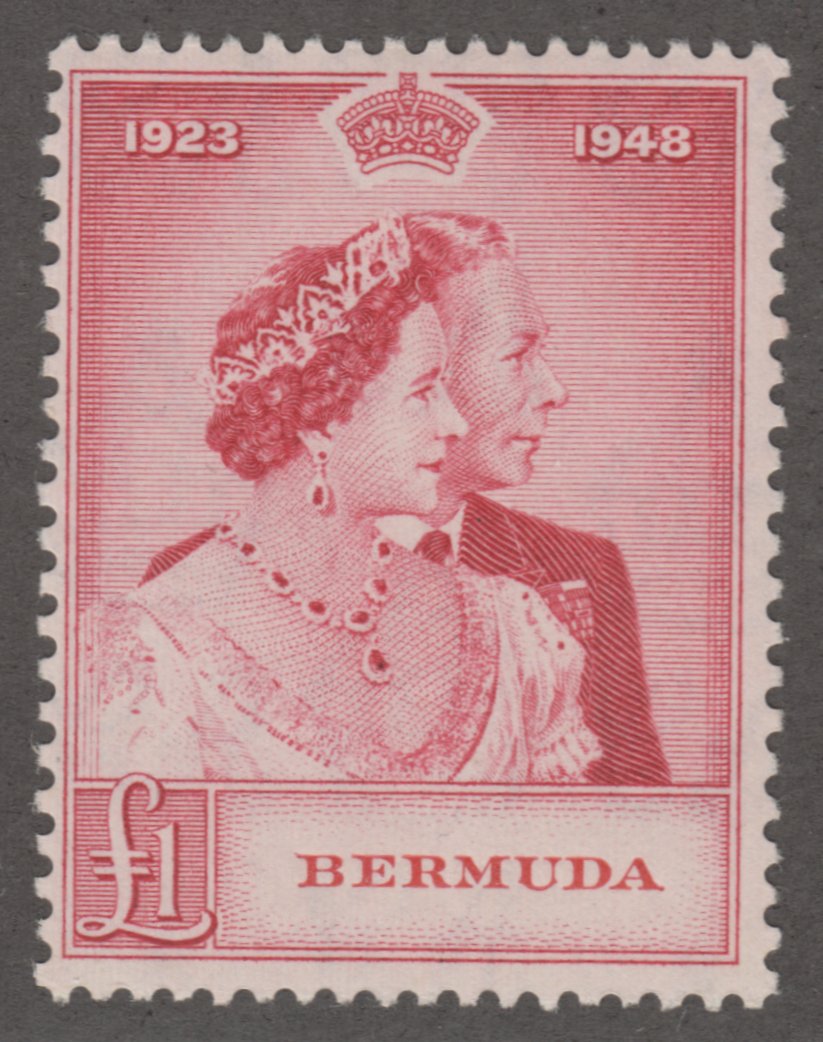
Discussion - Member to Member Sales - Research Center

Discussion - Member to Member Sales - Research Center

Does anyone know anything about Photographic Reproduction Printers Proofs, or as a Brigham Auction catalogue described them recently, 'Printer's Composite Design Review & Approval Proofs'?
Purchased a box of covers the other night at stamp club, and this was inside. A photographic reproduction of the Canadian 1898 Xmas stamp. The cropping of the image is similar to those in the Brigham catalogue for its November 2014 auction. And comparing it to the actual stamp, some of the details are a little cruder, especially the 'rope' border. It is on stiff shine (both sides) photographic type paper.

Now, I don't know if this is a proof, there's no writing or description, but I think it's interesting. Mine has half tone dots (it is not continuous tone, like a picture in your granny's photo album). Half tone dots, or a screen, are what they use in magazines etc to get gradated tones. Look at a black and white or colour picture in a book or magazine and you'll see them. They are created by taking a picture of the image on a large stat camera, and literally laying a screen - a plastic sheet with a series of very fine lines criss crossing both ways - over top of the paper.
I don't know if the printers proofs usually have half tone dots, but maybe some expert out there has seen one up close.
In the end I know there's probably no way to prove this is one of those proofs, but I will certainly do some digging.
Goes to show, you never know what you'll get for 5 bucks!

Login to Like
this post
It is most unlikely that a stamp proof would be screened, which your posting shows. Yes, printer use screens when they are reproducing photographs, but since the 1898 map stamp was printed by recess printing and typography all proofs would be struck using those two printing processes.
Basically what you have is a lithographed reproduction of the stamp that used the photographic process of a screen to keep the details sharp and focused.

Login to Like
this post
Thanks for your response, Bulldog.
I'm not sure I agree with your premise though. Yes Die proofs were done in the same process as the finished stamp, but I'm thinking this is an approval proof, which from what I've seen in some literature, were sometimes produced photographically. I mentioned the Catalogue of the Brigham auction last November where there were two such proofs up for grabs. These were of Canadian stamps SC#C5 (Daedalus airmail) and E3 Special Delivery, both of which were engraved.
I've also read of 'Bromide photographic proofs' recently in Nicholas Courtney's book 'The Queen's Stamps', which were purchased by George V for his collection. Can't think off hand what the stamp issue was for those proofs.
So I'm still unsure. I do lean towards your idea that my piece of paper is 'unlikely' a proof. The odds aren't in my favour, without concrete evidence. But I've never seen one in the flesh, so I live in hope.
thanks.

Login to Like
this post
03:54:32am
I've posted this on a couple of other forums, but I'd like some more input from you folks, if that's ok.
Does anyone know anything about Photographic Reproduction Printers Proofs, or as a Brigham Auction catalogue described them recently, 'Printer's Composite Design Review & Approval Proofs'?
Purchased a box of covers the other night at stamp club, and this was inside. A photographic reproduction of the Canadian 1898 Xmas stamp. The cropping of the image is similar to those in the Brigham catalogue for its November 2014 auction. And comparing it to the actual stamp, some of the details are a little cruder, especially the 'rope' border. It is on stiff shine (both sides) photographic type paper.

Now, I don't know if this is a proof, there's no writing or description, but I think it's interesting. Mine has half tone dots (it is not continuous tone, like a picture in your granny's photo album). Half tone dots, or a screen, are what they use in magazines etc to get gradated tones. Look at a black and white or colour picture in a book or magazine and you'll see them. They are created by taking a picture of the image on a large stat camera, and literally laying a screen - a plastic sheet with a series of very fine lines criss crossing both ways - over top of the paper.
I don't know if the printers proofs usually have half tone dots, but maybe some expert out there has seen one up close.
In the end I know there's probably no way to prove this is one of those proofs, but I will certainly do some digging.
Goes to show, you never know what you'll get for 5 bucks!

Login to Like
this post

Auctions
re: Photographic proofs
It is most unlikely that a stamp proof would be screened, which your posting shows. Yes, printer use screens when they are reproducing photographs, but since the 1898 map stamp was printed by recess printing and typography all proofs would be struck using those two printing processes.
Basically what you have is a lithographed reproduction of the stamp that used the photographic process of a screen to keep the details sharp and focused.

Login to Like
this post
12:22:38pm
re: Photographic proofs
Thanks for your response, Bulldog.
I'm not sure I agree with your premise though. Yes Die proofs were done in the same process as the finished stamp, but I'm thinking this is an approval proof, which from what I've seen in some literature, were sometimes produced photographically. I mentioned the Catalogue of the Brigham auction last November where there were two such proofs up for grabs. These were of Canadian stamps SC#C5 (Daedalus airmail) and E3 Special Delivery, both of which were engraved.
I've also read of 'Bromide photographic proofs' recently in Nicholas Courtney's book 'The Queen's Stamps', which were purchased by George V for his collection. Can't think off hand what the stamp issue was for those proofs.
So I'm still unsure. I do lean towards your idea that my piece of paper is 'unlikely' a proof. The odds aren't in my favour, without concrete evidence. But I've never seen one in the flesh, so I live in hope.
thanks.

Login to Like
this post

